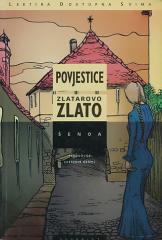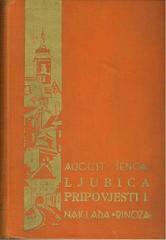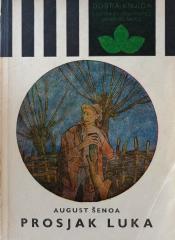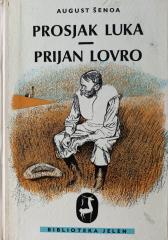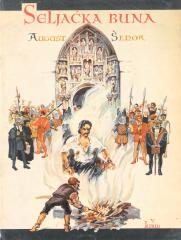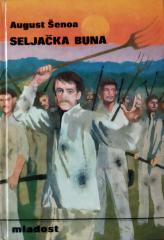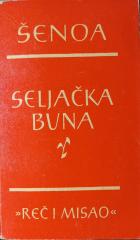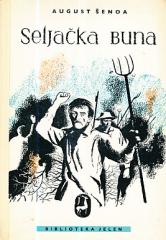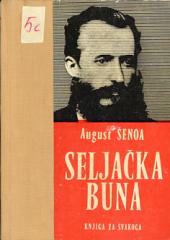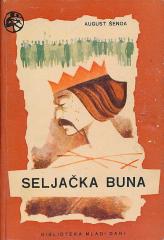August Šenoa
August Šenoa (November 14, 1838 – December 13, 1881) was one of the most important Croatian writers of the 19th century and the founder of modern Croatian literature. He was born in Zagreb, educated in Prague, and after returning to his homeland he worked as a journalist, editor, and city notary. His work had a great influence on the cultural life of Croatia at that time.
Šenoa is best known for his historical novels that combine romantic, realistic, and national elements, such as Zlatarevo zlato (1871), Čuvaj se senjske ruke (Beware of the Hands of Senj), Seljačka buna (Peasant Revolt), and Diogenes. In these works, he successfully reconstructed Croatian history and at the same time promoted patriotism, moral values, and social responsibility.
He also wrote short stories, poems, criticism, and feuilletons, and edited the magazine Vijenac, through which he shaped literary and cultural trends. His linguistic contribution is particularly significant – he advocated for the standardization of the Croatian language and its enrichment with literary expression.
He died young, at the age of 43, after falling ill while helping those affected by the great Zagreb flood of 1880. His literary and cultural influence remains a lasting foundation of Croatian literature.
Titles in our offer
Povjestice, Zlatarovo zlato
Pripovijesti I.: Ljubica - Turopoljski top - Blijedi mjesec - Do tri puta Bog pomaže - Dusi narodne straže - Prijan Lovro - Lijepa Anka
Prosjak Luka
Prosjak Luka - Prijan Lovro
In his novels Prosjak Luka and Prijan Lovro, August Šenoa explores the fates of ordinary people through the prism of social injustice and morality. Through Luka's suffering and Lovro's kindness, Šenoa calls for understanding and solidarity, leaving a stro
Seljačka buna
Seljačka buna
Seljačka buna
Seljačka buna
Seljačka buna
Šeno's historical novel The Peasants' Revolt is a faithful reconstruction of the famous uprising of Croatian peasants in 1573 and all the events that preceded it.
